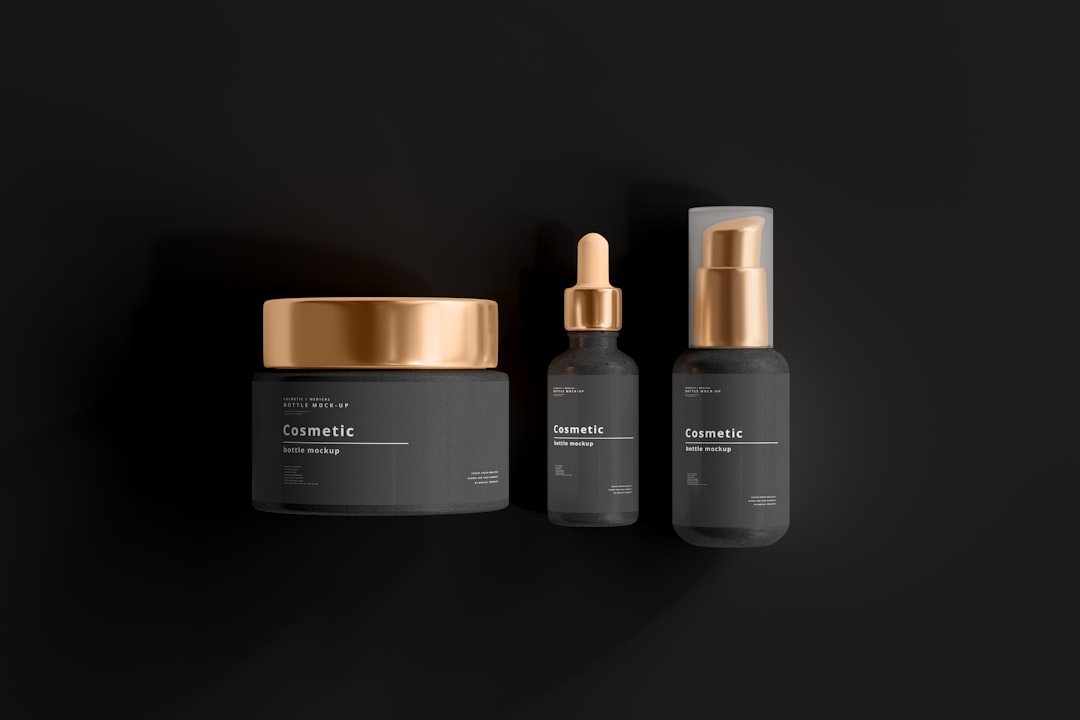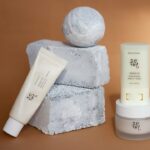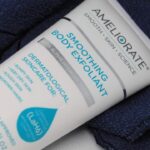Laser hair removal is a popular cosmetic procedure that utilizes concentrated beams of light to target and eliminate unwanted hair. As you consider this option, it’s essential to understand how the process works. The laser emits a specific wavelength of light that is absorbed by the pigment in the hair follicles.
This absorption generates heat, which damages the follicle and inhibits future hair growth. The procedure is most effective on individuals with light skin and dark hair, as the contrast allows the laser to target the hair more effectively. Before undergoing the treatment, you will typically have a consultation with a qualified professional.
During this meeting, you can discuss your medical history, skin type, and hair characteristics. The practitioner will assess your suitability for the procedure and may recommend a patch test to gauge your skin’s reaction to the laser. It’s crucial to follow any pre-treatment instructions provided, such as avoiding sun exposure and certain medications that could increase sensitivity.
Understanding these steps will help you prepare for a successful laser hair removal experience.
Key Takeaways
- Laser hair removal targets hair follicles with concentrated light energy to inhibit future hair growth
- Do apply aloe vera or a soothing moisturizer to the treated area to calm any redness or irritation
- Don’t expose the treated area to direct sunlight or use tanning beds to prevent skin damage and hyperpigmentation
- Seek professional help if you experience severe blistering, scarring, or persistent pain after laser hair removal
- Soothe irritated skin after laser hair removal by applying cold compresses and avoiding hot showers or baths
Do’s for Post-Laser Hair Removal Care
After your laser hair removal session, there are several important do’s to keep in mind to ensure optimal results and minimize any potential side effects. First and foremost, you should keep the treated area clean and dry. Gently cleanse the skin with a mild soap and lukewarm water, avoiding any harsh scrubs or exfoliants that could irritate the sensitive area.
Patting the skin dry with a soft towel is advisable; rubbing can lead to further irritation. Another essential aspect of post-care is moisturizing the treated area. Applying a soothing lotion or gel can help alleviate any discomfort and keep your skin hydrated.
Look for products that contain aloe vera or other calming ingredients, as these can provide relief from any redness or swelling you may experience. Additionally, wearing loose-fitting clothing over the treated area can prevent friction and allow your skin to breathe, promoting healing.
Don’ts for Post-Laser Hair Removal Care
While there are many do’s to follow after laser hair removal, there are also critical don’ts that you should be aware of to avoid complications. One of the most important is to refrain from exposing the treated area to direct sunlight. Your skin will be particularly sensitive after the procedure, and sun exposure can lead to pigmentation changes or even burns.
If you must go outside, make sure to apply a broad-spectrum sunscreen with a high SPF to protect your skin. You should also avoid engaging in activities that may cause excessive sweating or irritation for at least 24 hours post-treatment. This includes intense workouts, hot baths, or saunas.
These activities can exacerbate any redness or swelling and may hinder the healing process. Additionally, steer clear of using any harsh skincare products, such as retinoids or acids, for at least a week after your session. These ingredients can irritate your skin further and should be avoided until your skin has fully recovered.
Signs that Indicate You Should Seek Professional Help
| Signs | Description |
|---|---|
| Feeling overwhelmed | Experiencing constant feelings of being overwhelmed and unable to cope with daily life. |
| Changes in sleep patterns | Experiencing significant changes in sleep patterns, such as insomnia or oversleeping. |
| Loss of interest | Losing interest in activities that were once enjoyable and engaging. |
| Difficulty concentrating | Struggling to focus and concentrate on tasks, leading to decreased productivity. |
| Changes in appetite | Experiencing significant changes in appetite, such as overeating or loss of appetite. |
| Thoughts of self-harm | Having persistent thoughts of self-harm or suicide. |
While most individuals experience mild side effects after laser hair removal, there are certain signs that should prompt you to seek professional help. If you notice excessive swelling or redness that persists beyond a few days, it may indicate an adverse reaction that requires medical attention. Similarly, if you develop blisters or open sores on the treated area, it’s crucial to consult with your practitioner as soon as possible.
Another concerning sign is if you experience severe pain that does not subside with over-the-counter pain relief methods. While some discomfort is normal after treatment, it should be manageable. If you find yourself in significant pain or if the treated area feels warm to the touch—indicating a possible infection—do not hesitate to reach out for professional advice.
Your health and safety should always come first.
How to Soothe Irritated Skin After Laser Hair Removal
Soothe your irritated skin after laser hair removal by employing several effective strategies. One of the simplest yet most effective methods is to apply cold compresses to the affected area. This can help reduce inflammation and provide immediate relief from discomfort.
You can use a clean cloth soaked in cold water or even ice packs wrapped in a towel—just be sure not to apply ice directly to your skin to avoid frostbite. In addition to cold compresses, consider using over-the-counter hydrocortisone cream or aloe vera gel to calm irritated skin.
Always perform a patch test before applying any new product to ensure it doesn’t cause further irritation. Staying hydrated by drinking plenty of water can also aid in your skin’s recovery process, as hydration plays a vital role in maintaining healthy skin.
The Importance of Sun Protection After Laser Hair Removal

Sun protection is paramount after undergoing laser hair removal, as your skin will be particularly vulnerable during this time. The treated area may be more susceptible to sunburn and pigmentation changes due to increased sensitivity from the procedure. To safeguard your skin, it’s essential to apply a broad-spectrum sunscreen with an SPF of at least 30 every day, even on cloudy days or when staying indoors.
In addition to sunscreen, wearing protective clothing such as wide-brimmed hats and long sleeves can further shield your skin from harmful UV rays. If possible, try to avoid direct sun exposure during peak hours when the sun’s rays are strongest—typically between 10 AM and 4 PM. By taking these precautions seriously, you can help ensure that your skin heals properly and maintains an even tone without unwanted discoloration.
Tips for Managing Any Discomfort or Side Effects
Managing discomfort or side effects after laser hair removal can be straightforward if you follow some practical tips. First, consider taking over-the-counter pain relievers like ibuprofen or acetaminophen if you experience mild pain or discomfort.
Another effective method for managing side effects is to keep the treated area cool and moisturized. As mentioned earlier, applying cold compresses can provide immediate relief from irritation. Additionally, using fragrance-free moisturizers can help soothe your skin without introducing potential irritants that could exacerbate any discomfort.
Remember that patience is key; most side effects will subside within a few days as your skin heals.
When to Schedule Your Follow-Up Appointment
Scheduling your follow-up appointment after laser hair removal is crucial for achieving optimal results. Typically, practitioners recommend waiting about four to six weeks before your next session, as this allows time for hair growth cycles to align with treatment schedules. During this follow-up visit, your practitioner will assess how well your skin has healed and determine if additional treatments are necessary.
It’s essential not to rush into scheduling your next appointment too soon; doing so could lead to ineffective results or increased risk of side effects. Pay attention to how your skin responds after each session and communicate openly with your practitioner about any concerns you may have. By adhering to their recommendations and maintaining an open line of communication, you can ensure a successful laser hair removal journey that meets your aesthetic goals while prioritizing your skin’s health and safety.
After undergoing laser hair removal, it is crucial to follow proper aftercare instructions to ensure the best results and minimize any potential risks. One helpful article that provides detailed information on laser hair removal aftercare do’s and don’ts, as well as when to seek help, can be found at this link. Following these guidelines can help you achieve smooth and hair-free skin while avoiding any complications.
FAQs
What is laser hair removal aftercare?
Laser hair removal aftercare refers to the steps and precautions that should be taken after undergoing a laser hair removal treatment to ensure proper healing and optimal results.
What are the do’s of laser hair removal aftercare?
– Keep the treated area clean and dry
– Apply aloe vera or soothing creams to alleviate any discomfort
– Use sunscreen to protect the treated area from sun exposure
– Follow the post-treatment instructions provided by the laser hair removal technician
What are the don’ts of laser hair removal aftercare?
– Avoid exposure to direct sunlight or tanning beds
– Do not pick, scratch, or exfoliate the treated area
– Refrain from using harsh skincare products or perfumes on the treated area
– Avoid hot showers, saunas, or activities that cause excessive sweating
When should I seek help after laser hair removal?
If you experience severe pain, blistering, excessive swelling, or signs of infection such as pus or redness, it is important to seek medical help immediately. Additionally, if you have any concerns or questions about the healing process, it is advisable to consult with the laser hair removal technician or a healthcare professional.







